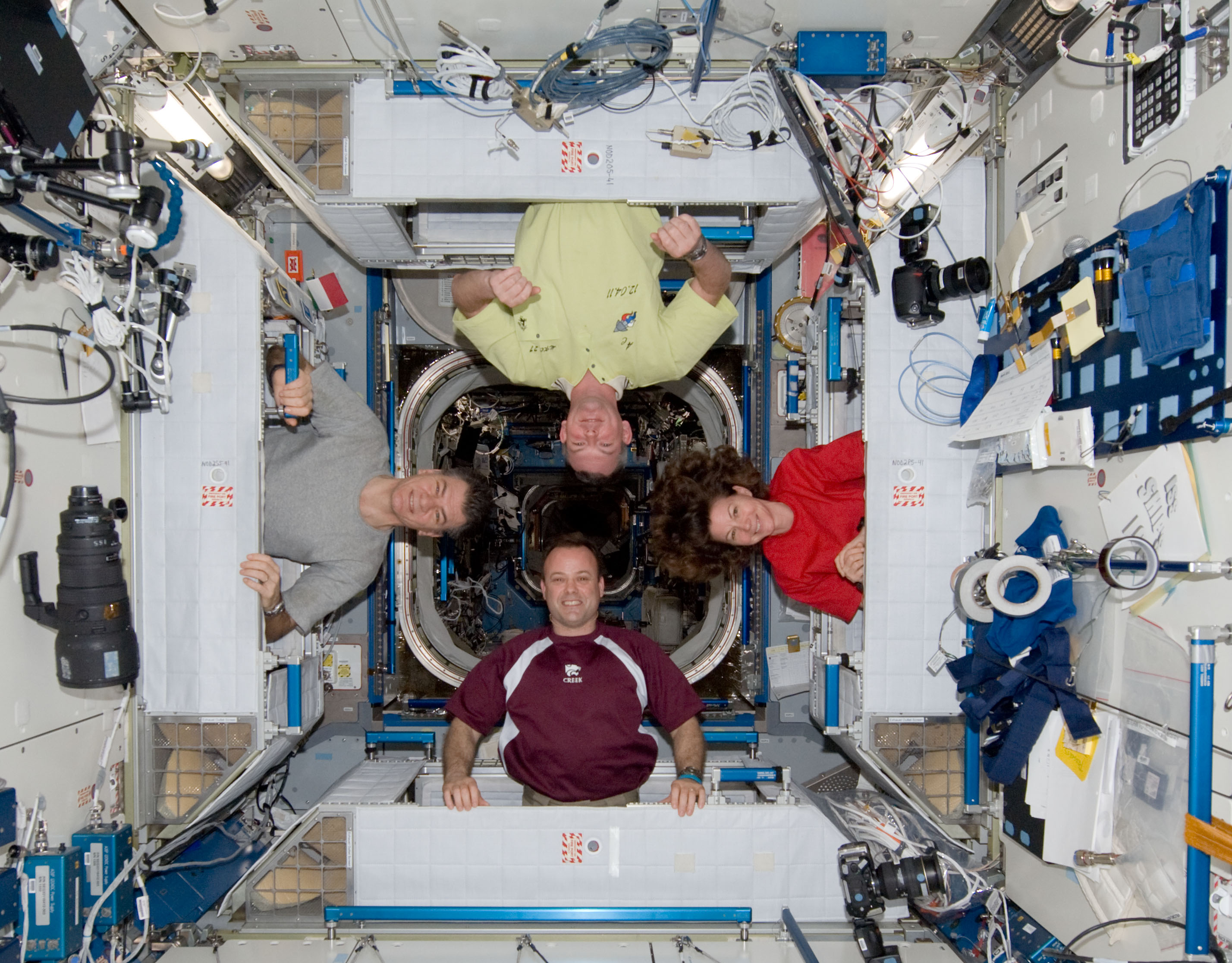

Our results indicate that the directional proxy is the most beneficial device, and that the track-up map coupling is also beneficial. The task we apply them to is what we call the multi-perspective identification task: subjects are asked to identify an item seen in a local, forward-looking view in the context of a global, overhead view. directional proxy, tethers from one view to another, and a track-up map coupling. Toward developing guidelines for view-linking devices, we have carried out two experiments that compare the utility of three different classes of linking devices: a. It is common for D visualization systems to provide multiple points of view to a user, but there have been many solutions to the problem of linking these views so that users can understand the spatial relationships between them.

It was concluded that mental representations of survey maps do not develop automatically in the complex spatial environment. These naive subjects performed significantly better on objective measures of cognitive mapping than did the nurses with two years' experience working at the hospital. A control experiment was tested, using naive subjects who were first asked to memorize floor plans of the building. After inspecting several different measures, it was concluded that the student nurses had failed to form "survy"- type cognitive maps of the building even after traversing it for two years.
Interior international space station series#
The series of studies reported in this article examined the cognitive mapping systems of student nurses who had worked in the hospital for various periods of time. Consequently it is easy to become disoriented in this building. Rooms are not rectangular and fail to follow any set pattern. There are no main corridors in the hospital, nor any corridors that run the complete length of the hospital. The Health Sciences Centre is a five-story hospital in which each floor is designed with a unique configuration. This paper reports on early findings to identify possible approaches for evaluating this type of map for this user group. Here, we believe that familiarity of landscape needs to be eliminated in order for testing to be effective. We note that there are certain problems related to all usability testing situations. It is therefore necessary to determine which methods are the most applicable for evaluating maps created for functionally map illiterate individuals. Various methods have been used to evaluate maps for their potential to correctly convey spatial information to specific user groups.

To improve the map reading experience for inefficient map readers, it is argued that maps need to be created that allow them to interpret spatial information more easily and effectively. As a result, map users may experience anything ranging from unnecessary anxiety to sometimes tragic consequences, due to them being geographically disoriented or completely unaware of their location. This can be of great concern when these users need to undertake navigational tasks such as wayfinding. This inability, or perhaps, more accurately, disability, to interpret spatial information can lead to negative experiences. Such users have been defined as 'functionally map illiterate' (Clarke 2003). However, many users still struggle to effectively interpret spatial information.

Maps are ubiquitous, and created by people of all skill levels.


 0 kommentar(er)
0 kommentar(er)
